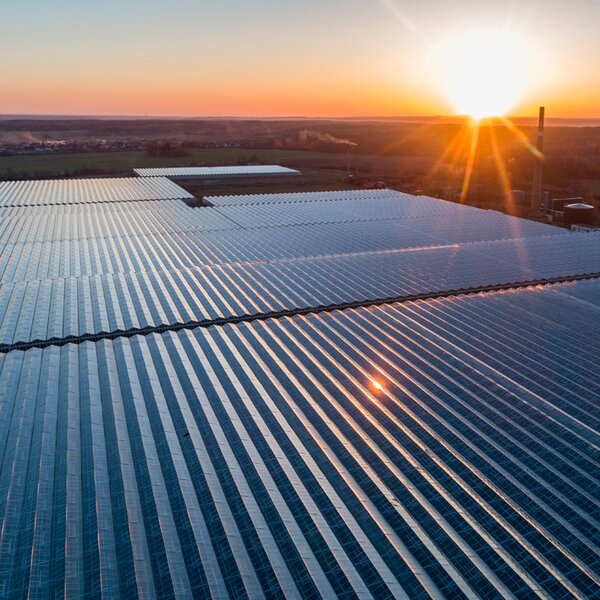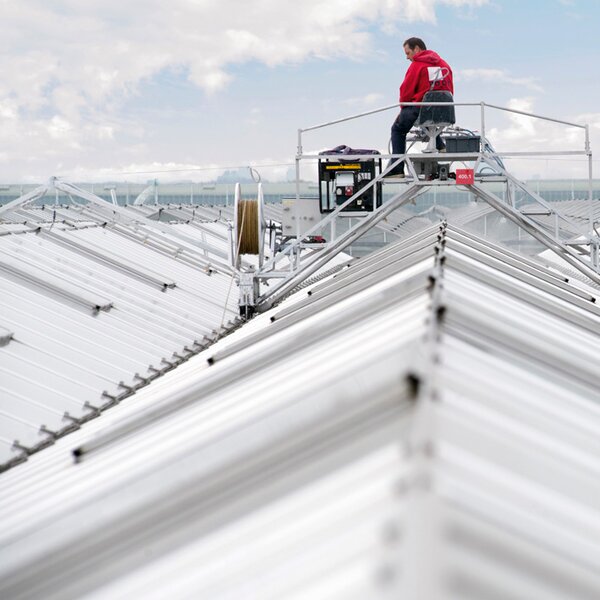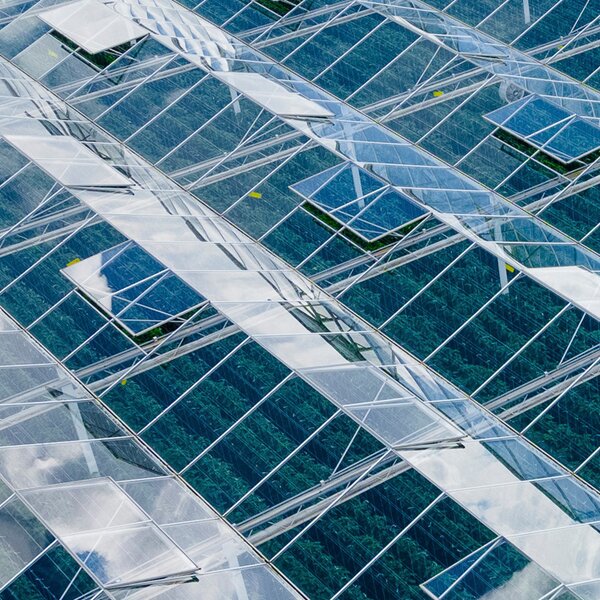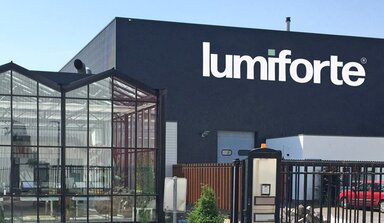Coatings and smart energy savings go hand-in-hand
No one can predict where the high energy prices will go from here. What is clear however, is that the current situation stimulates every grower to look for savings. Coatings form an essential part of an intelligent approach.
Coatings are traditionally used to reflect sunlight and heat. This always requires finding a balance between crop protection and taking advantage of the sunlight for photosynthesis. Applying coatings too early or applying heavy coatings goes at the expense of production. Applying a coating too late can also go at the expense of production and can lead to a loss of quality.
Many growers have developed their own routine over time. They use a certain type of coating and, more or less adhere to a fixed application schedule.
However, the energy crisis is changing the balance. It is becoming even more important to better to use the sun’s free energy. This can be done by selecting a different type of coating or by building protection up in layers. With its ReduSystems and Sudlac brands, Lumiforte offers a broad palette of options for this purpose.

Grow light and heat radiation
An intelligent approach, in particular pays off in the spring. This is when the crop can actually convert all of the sunlight into production; however, there are also days with excessive radiation. That can cause a slowdown in growth or a loss of quality. The trick is to protect the crop at such times, while simultaneously optimally making use of the sunlight.
This is why immediately applying heavy coatings in the spring is not a good idea. There are several ways to handle this better.
It is good to keep in mind that the crop only uses half of the sunlight for production. This is the PAR light, also known as grow light. The other half is heat radiation. This light is not important for production and can therefore be reflected without causing any damage. However, be aware that with the high energy prices it makes sense to adopt a different view of heat radiation. If you can let in a dosed quantity of heat radiation, it will reduce your heating requirements and therefore your energy costs.

Coating in layers
The options differ by region, crop, variety and type of greenhouse. For example, one option is to apply a diffuse coating in the spring instead of a coating that reflects light and heat. This diffuse coating distributes the light inside the crop, thus preventing isolated areas of stress. An advantage is that this option takes full advantage of the PAR light plus the heat radiation’s heating effect.
As radiation increases in late spring and summer, you can apply another coating on top of this without any problem to provide additional protection.
The Lumiforte product line includes a wide range of creative variations. This includes coatings that reflect heat, reflect heat and light, or that diffuse light in combination with heat reflection. A wide range of combinations has been emerging in actual practice, thought of by growers themselves. They build up the protection in layers that are applied with a few weeks in between. This way they make maximum use of grow light, protect the crop and optimally benefit from free solar energy.

More light in the greenhouse
It is important that as much light as possible enters the greenhouse during winter months. This too is an energy-saving measure because any energy supplied by the sun does not end up on your energy bill. An underestimated energy-saving measure is cleaning the greenhouse roof. This can result in a light gain of as much as 5-10%.
Furthermore, it is also possible to increase the greenhouse cover’s transmission efficiency with innovative coatings. This can be done by reducing reflection and by turning the condensation on the greenhouse cover to your advantage. Together this results in a light gain of 7-10% and helps heat up the greenhouse faster.
Our whitepaper includes elaborate tips on this topic and can be downloaded here.
Save energy in your greenhouse? Our whitepaper includes elaborate tips on this topic.


